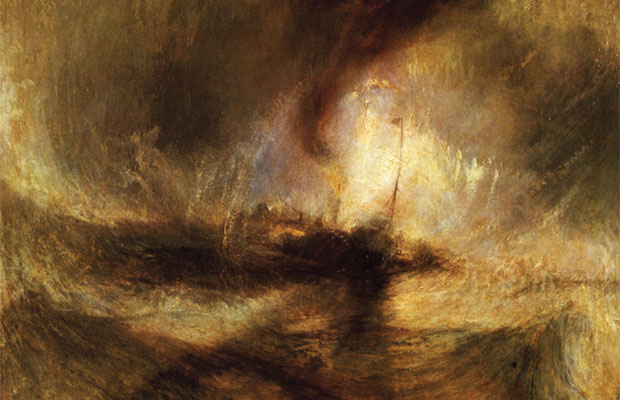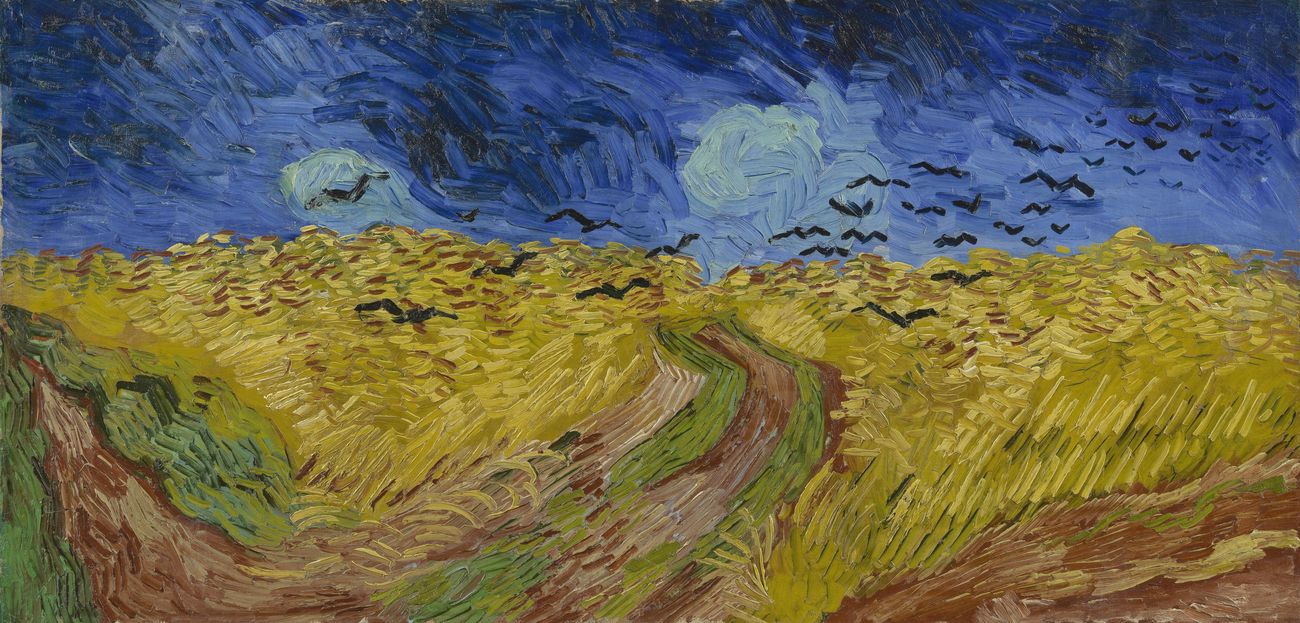The Charing Cross Theatre say:
“Some stories didn’t make it into the history books”This is a really difficult production to attach a star rating to. There were moments in Yank! that were four or five stars, without question, however the 'modern' framing of the piece at the beginning and end - where it is revealed that the events portrayed are from a diary - is much weaker than the rest of the show and, in fact, a bit cringey.
Based on the Off-Broadway hit production, and transferring to London following a highly acclaimed run at the Hope Mill Theatre in Manchester earlier this year, YANK! is a poignant love story based on the true, hidden history of gay soldiers during World War Two.
In 1943, young Mid-Westerner Stu is called up to serve in the forces and becomes a reporter for Yank Magazine, the journal ‘for and by the servicemen’. Following the men in Charlie Company, this acclaimed musical explores what it means to be a man and fall in love…
If we ignore these moments of the play as a misstep, then there are plenty of positives to discuss. For a start, the song and dance numbers deserve a bigger stage and a bigger audience - they are up-lifting and fabulous. The music is excellent and the choreography, mostly a blend of tap and swing, is a real delight.
Furthermore, there is some excellent multi-roling from a phenomenally strong cast - again I couldn't believe this was staged in such a small venue - and the whole cast charmed and camped and raged in a series of beautifully sympathetic performances.
All things considered, I have to recommend Yank!. The closing moments - the modern framing - annoyed me hugely, but the rest of the piece is well worth your time. The general message, 'it's not doing it that's the crime... it's wanting it', is still shockingly relevant, and the manner of the story-telling is very easily bought-into. It's a good night out.
4/5: A slick and stylish musical number
Charing Cross Theatre
Until 19th August


%201959_0.jpg?itok=-QvdgntK)